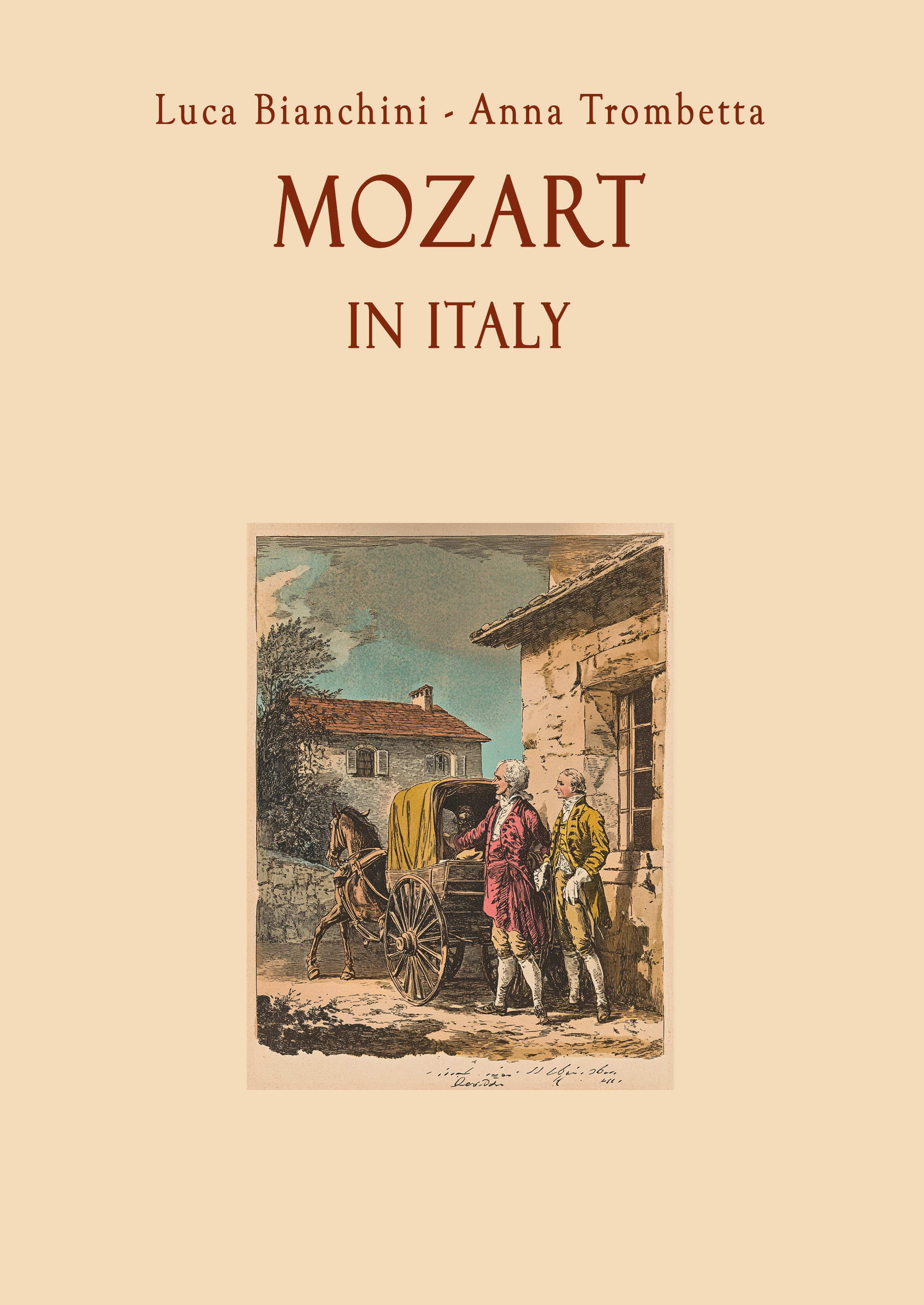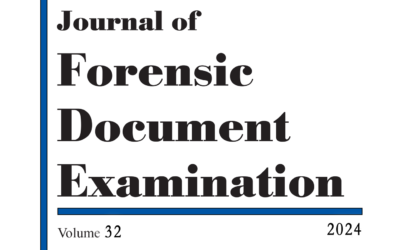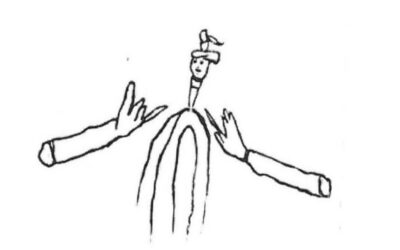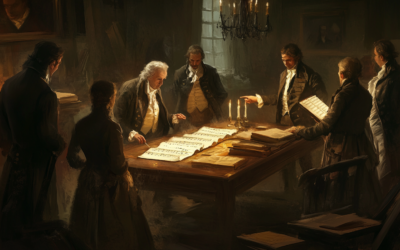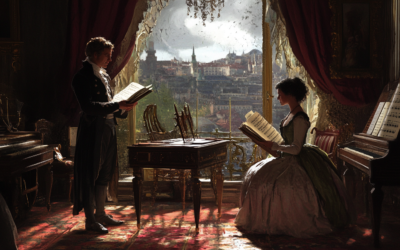Wolfgang Amadé Mozart
An Expedition Fueled by Ambition
The Mozarts’ Italian journey of 1769 was not a leisurely Grand Tour but a strategic mission driven by ambition, navigating the treacherous roads of 18th-century Europe in pursuit of fame and fortune.
Mozart in Italy: The Untold Story
Was Mozart truly a solitary genius, or was he merely the instrument of his father’s ambition? “Mozart in Italy” challenges the conventional narrative, revealing a complex dynamic between father and son that shaped the course of music history. Prepare to question everything you thought you knew.
“Leopold Mozart was not motivated by an uncontainable spirit of adventure, but by personal ambition, seeking new opportunities for himself and his son, armed with letters of introduction to nobility connected to the Habsburgs”
Mozart in Italy
In the late 18th century, travel was far from the convenient and rapid process we know today. For Leopold Mozart and his son Wolfgang, their journey to Italy in 1769 was not merely a touristic venture but a strategic mission driven by personal ambition and professional necessity. Unlike the Grand Tour undertaken by young aristocrats for education and cultural enrichment, the Mozarts’ journey was a calculated exploration of opportunities within the tightly-knit circles of European nobility, particularly those connected to the Habsburg dynasty.
The Reality of 18th-Century Travel
Travel in the 18th century was a grueling experience, requiring months of meticulous planning. Roads were often treacherous, and the discomforts of long hours in a jostling carriage were compounded by unpredictable weather and inadequate accommodations. Leopold and Wolfgang Mozart, like many other artists of their time, had to navigate these challenges while maintaining their focus on the ultimate goal: gaining recognition and securing lucrative opportunities in Italy.
The Mozart family’s journey differed significantly from the leisurely and educational Grand Tours of the European elite. While the young aristocrats of Europe traveled to broaden their horizons and solidify their cultural knowledge, Leopold’s motivations were more pragmatic. His aim was to position his son as a musical prodigy within the courts of Italy, leveraging connections and recommendations from key figures in the Habsburg-dominated regions.
The Strategic Itinerary
Leopold Mozart meticulously planned their route, which included stops in Innsbruck, Milan, Bologna, Florence, Rome, and Naples, among others. These cities were not chosen for their cultural offerings alone but for their political and social significance within the Habsburg influence. The Mozarts sought to ingratiate themselves with the nobility and secure performances that would elevate Wolfgang’s reputation as a composer and performer.
Leopold also tapped into the networks of Freemasonry to facilitate their journey. Connections with Masonic brothers provided them with introductions and invitations that opened doors to exclusive events and prestigious audiences. The support from figures like Johann Nepomuk Spaur and Carlo Gottardo von Firmian was crucial in securing Wolfgang’s performances in some of Italy’s most important musical venues, such as Milan’s Regio Ducal Teatro.
The Hardships of the Road
Despite the careful planning, the journey was not without its hardships. The Mozart duo avoided the crowded and uncomfortable public carriages, opting instead for private vehicles when possible. Even so, travel was far from luxurious. Carriages were often cramped, cold in winter, and stifling in summer. The roads were bumpy, making it impossible to compose music during the journey, contrary to the romanticized images some might hold today.
The Mozart manuscripts from this period reflect that any significant work was likely done in the relative comfort of their lodgings rather than in transit. The conditions of travel were such that even the most talented musician would struggle to maintain their creative flow while being jostled and subjected to the elements.
The First Steps in Italy
The Mozarts’ journey began on a positive note. In a letter dated December 14, 1769, sent from Wörgl in Tyrol, Leopold expressed his satisfaction with their carriage and driver, noting the smoothness of the journey and the comfort it afforded them. Wolfgang, too, was in high spirits, enjoying the warmth of the carriage and the adventurous spirit of their driver, who sped up whenever the road allowed.
Their first stop concluded with a restful night and a hearty meal, leaving them optimistic about the adventure that lay ahead. However, as they would soon discover, the road to success in Italy was as challenging as the physical journey itself.
You May Also Like
Unveiling the Truth Behind Mozart’s Thematic Catalogue
Anna Trombetta, Professor Martin W. B. Jarvis from Charles Darwin University, and Luca Bianchini, have published a peer-reviewed article titled Unveiling a New Sophisticated Ink Analysis Technique, and Digital Image Processing: A Forensic Examination of Mozart’s Thematic Catalogue. This research, which underwent an extensive double-blind peer review, has appeared in a journal that serves as a global reference point for forensic document examiners and court specialists.
Unveiling the Truth Behind the Drawing
H. S. Brockmeyer’s latest research unravels the mystery behind a July 5, 1791, letter from Mozart to his wife. This remarkable investigation uncovers the original, unembellished drawing Mozart included—vastly different from the altered version widely reproduced in collections today. The discovery raises significant questions about historical accuracy and the intentional shaping of Mozart’s legacy.
The Deceptive Nature of Mozart’s Catalogue
The Thematic Catalogue traditionally credited to Mozart is fraught with inaccuracies, suggesting that many of his famous works might not be his at all. This prompts a necessary reevaluation of Mozart’s legacy and the authenticity of his compositions.
The Mozart Myth Unveiled: A Deeper Look
Mozart’s legacy is far from the untarnished narrative of genius that history would have us believe. The web of deceit woven around his name by those closest to him, including his own widow, reveals a much darker story.
The Other Side of Mozart’s Legacy
Explore the untold story of Mozart, where myth and reality collide. Our critical examination of his life and works reveals a legacy shaped by profit, myth-making, and misattribution. Join us in uncovering the truth behind the man and his music.
The Deception Surrounding Mozart’s Legacy
Anton Eberl’s confrontation with Constanze in 1798 exposed a web of deceit surrounding Mozart’s legacy, revealing that several of his compositions were falsely attributed to the late composer. This chapter uncovers the ethical dilemmas and controversies that have marred the posthumous reputation of one of history’s most celebrated musicians.

